BoE MPC member Silvana Tenreyro said, “part of increasing inflation we have seen so far is arithmetic base effects compared to a low level of prices last year.” And that in part has seen “driven by global prices in energy and other commodities which push up on inflation”. And, “these effects in general tend to be short-lived.
Additionally, there were “temporary supply disruptions caused by the various imbalances in the global economy as it recovers from Covid”, with some countries still in lockdown. Demand was also boosted “far more by fiscal stimulus in some countries than others”, like the US.
“So typically, for short-lived effects on inflation, such as the big rises in the prices of semiconductors or energy prices, it would be self-defeating to try to respond to their direct effects,” she said. “By the time interest rates were having a major effect on inflation the effects of energy prices would already be dropping out of the inflation calculation. If some effects were to prove more persistent it would be important to balance the risks from a period of above target inflation with the cost of weaker demand.”




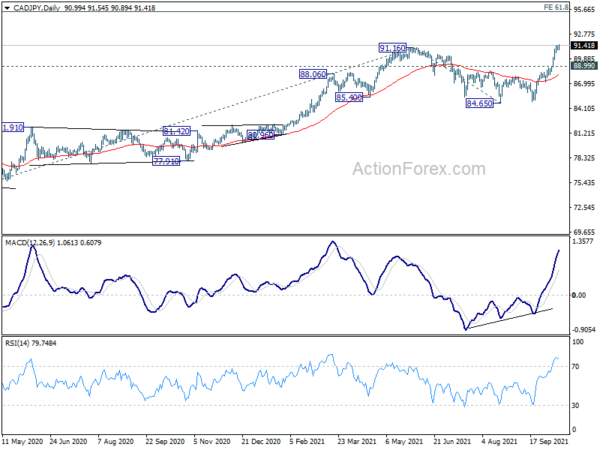
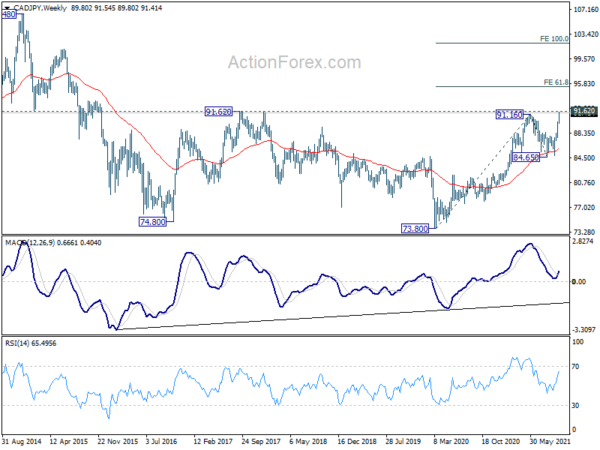
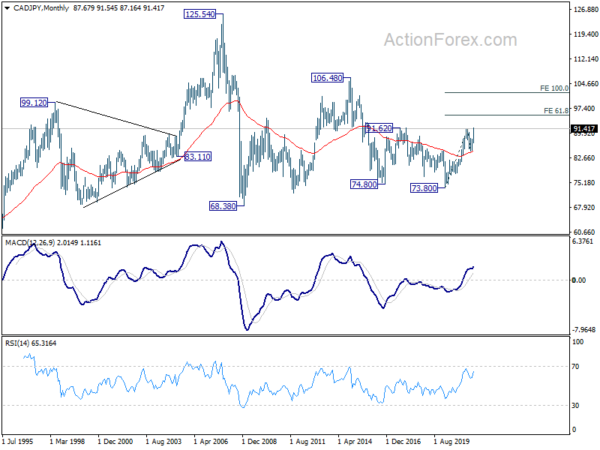
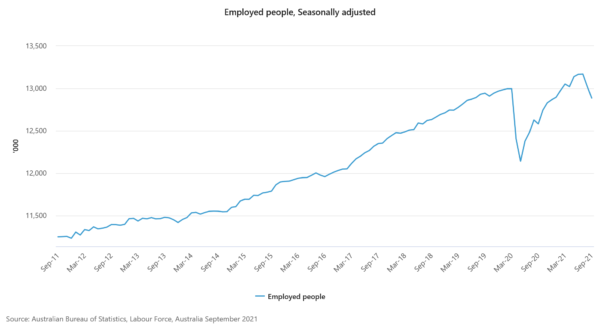
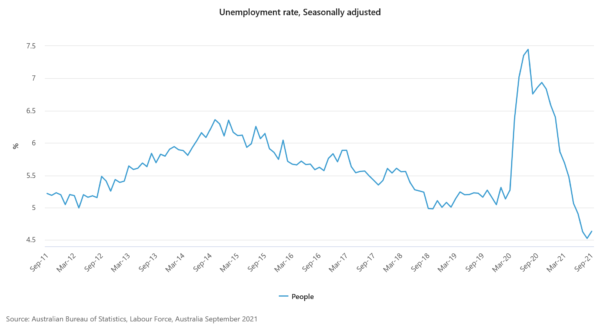
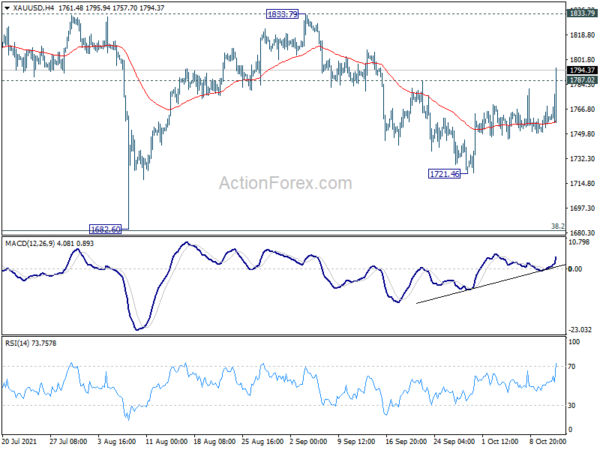
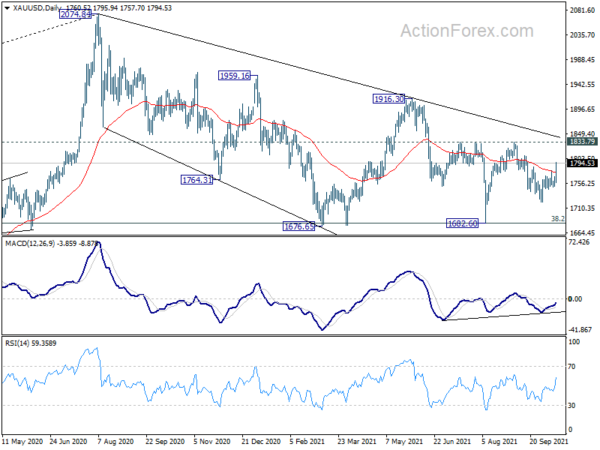
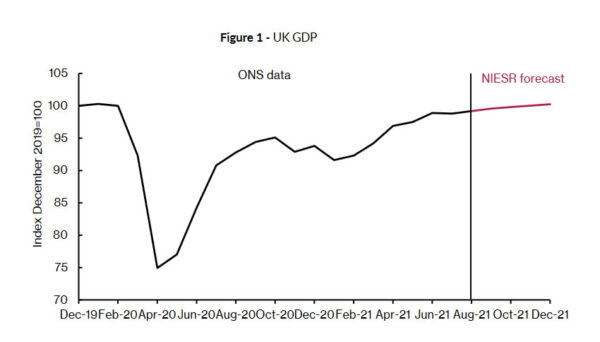

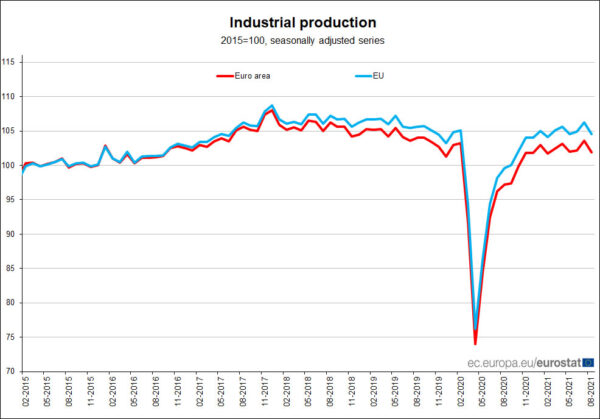
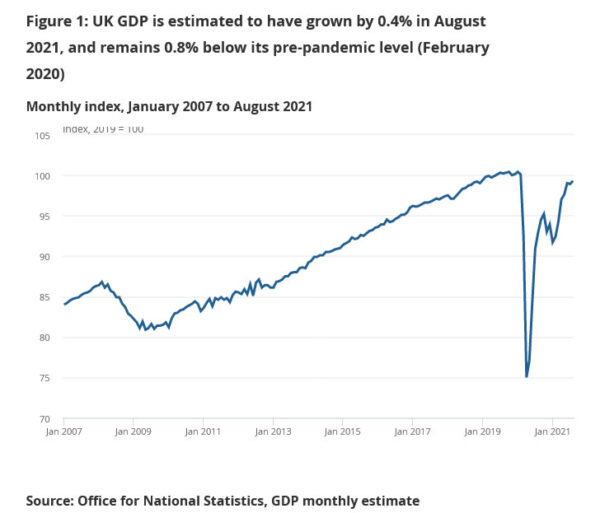

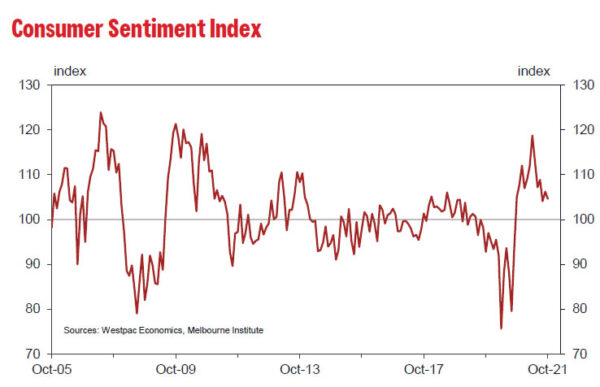
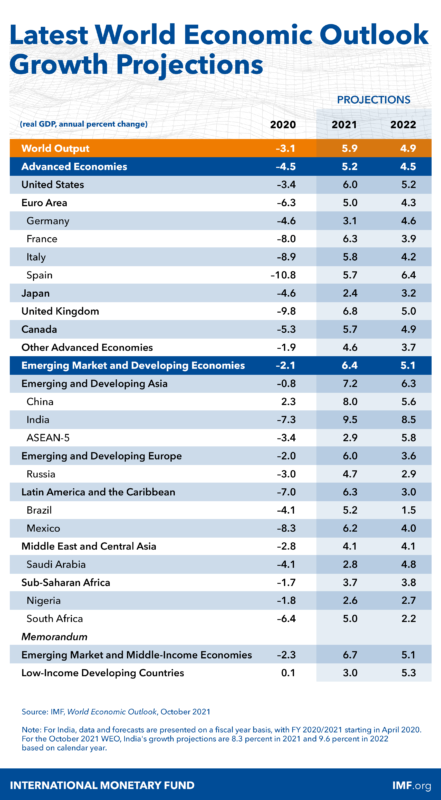
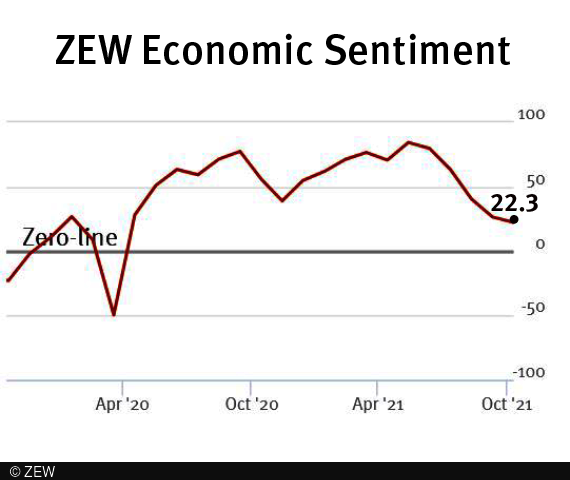
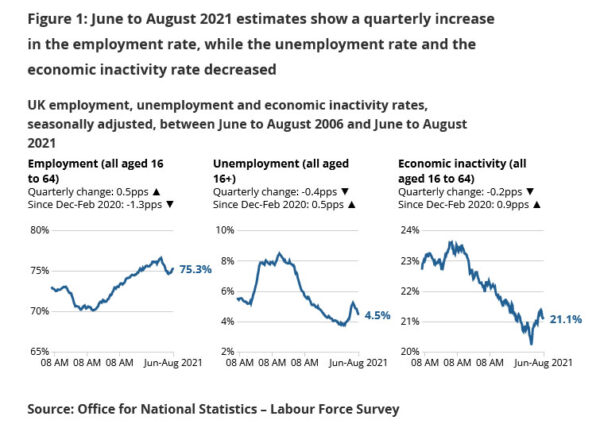
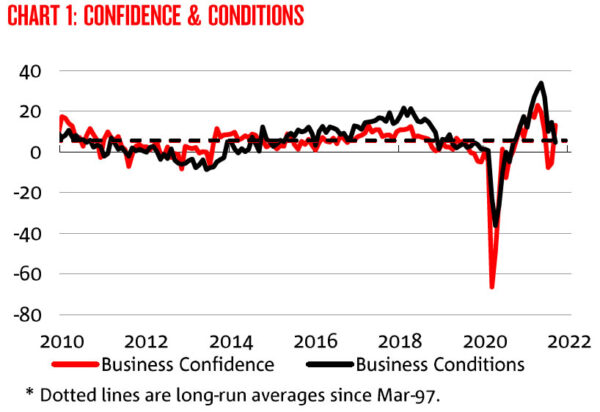

ECB Lagarde: No evidence of significant second-round effects of inflation
ECB President Christine Lagarde repeated today, “we continue to view this upswing as being largely driven by temporary factors. The impact of these factors should fade out of annual rates of price changes in the course of next year, dampening annual inflation.”
“So far, there is no evidence of significant second-round effects through wages and inflation expectations in the euro area remain anchored, but we continue to monitor risks to the inflation outlook carefully,” she added.
On the other hand, Governing Council Member Olli Rehn said, “due to persistent production bottlenecks, it is possible that an increase in energy prices has a longer-lasting impact on consumer price. We analyze this development carefully at the Governing Council and at the Bank of Finland.” He noted that medium-term inflation expectations have increased to around 1.9%, which is in line with the European Central Bank’s strategy.